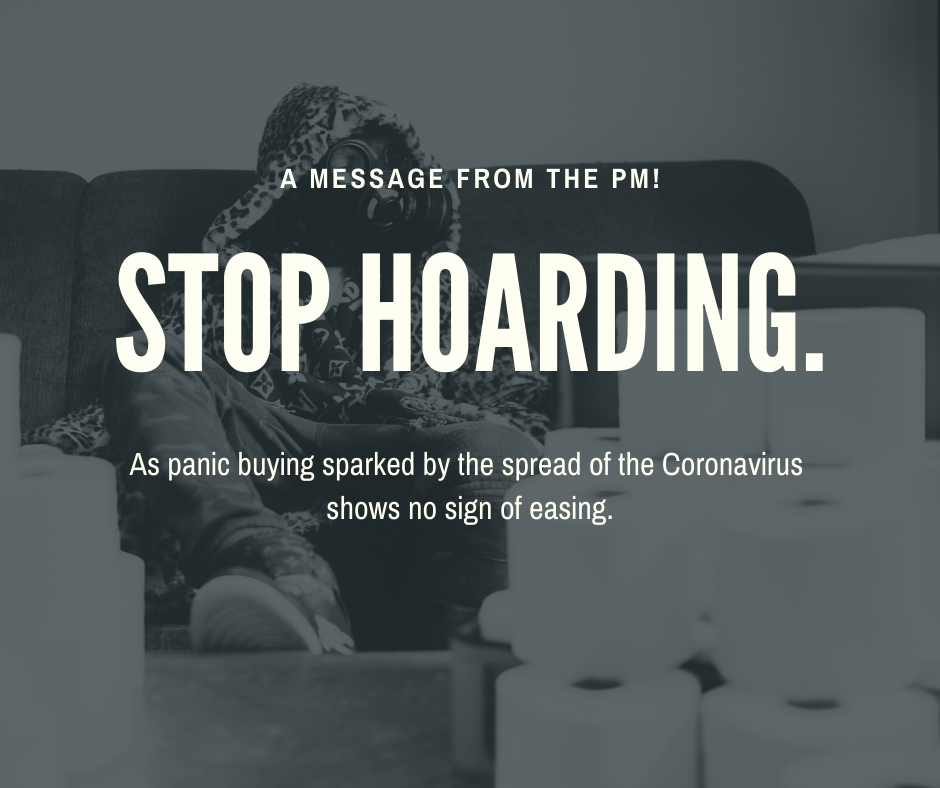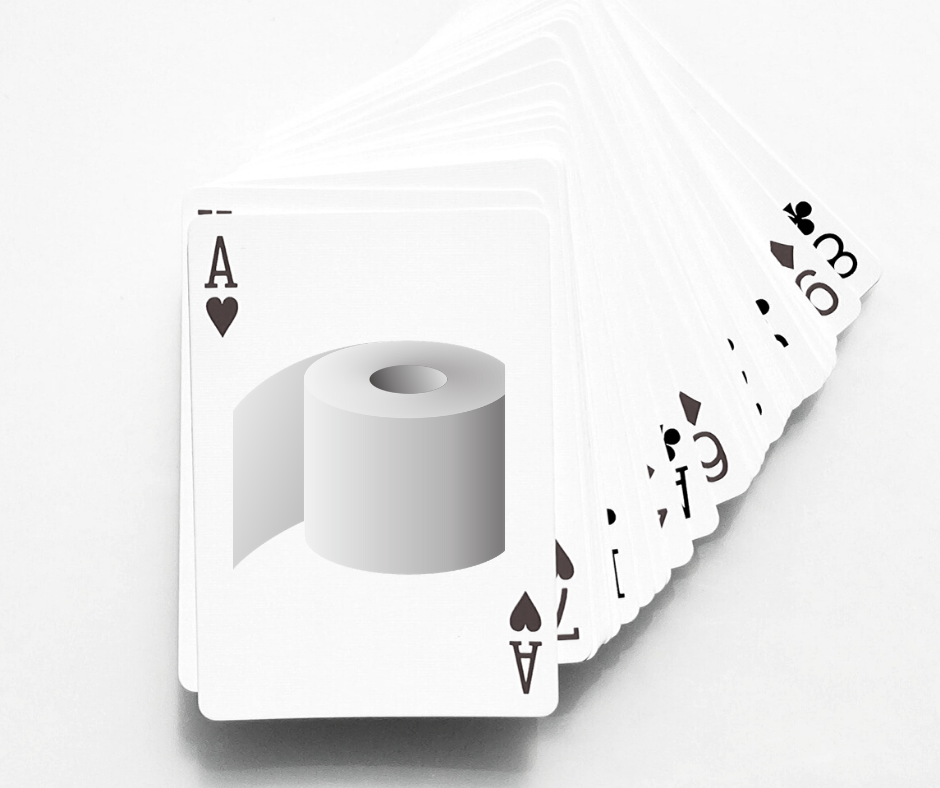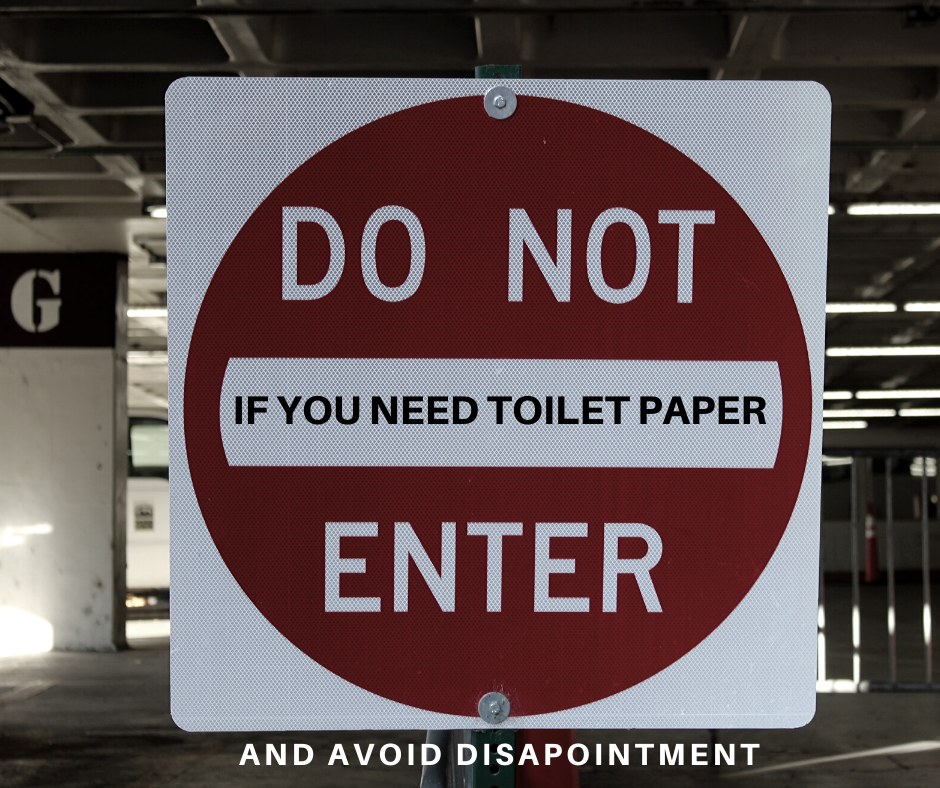April 2020 and just like COVID-19, the toilet paper shortage now a reality in many nations across the globe is no respecter of persons, as a desperate and constant stream of shoppers (who should be observing self-isolation to reduce the personal odds of catching COVID-19) take to the streets to actively participate in a daily paper hunt to win the toilet paper lottery.
Despite all the reassurances that have been reinforced and against all logical reason and explanations, it seems that a sudden change in consumer demand for toilet paper in the face of an unprecedented pandemic, has set off a whiplash of events that will ultimately leave its mark of the global economy for years to come.
Marketing & the Toilet Paper Shortage
Long after the COVID-19 vaccination has been developed and the world returns back to a newly formed sense of normality, marketing scholars will begin the arduous task of doing the forensic investigation behind the sudden and unexpected shifts in consumer behaviour and the marketing trends that so clearly dominated the global pandemic.
By far, one of the most notable and interesting case studies to emerge will be the situation surrounding the global toilet paper shortage… the 2020 consumer driven epidemic that left hundreds and thousands of people literally, empty handed.
a global impact
Early March 2020 and the impact of what was soon to become a global pandemic shared the media with equally as distressing news that panic buyers had started snatching and hording toilet paper supplies at an alarming and unprecedented rate.
As retailers moved quickly to plaster the shelves with nicely drafted letters pleading with buyers to consider their neighbour just as themselves, the fear of pending quarantine and lock downs along with the mass appearance of empty shelves, drove a new level of demand that sent shock waves all the way up the supply and distribution channel and left manufactures scrambling to respond.
Alarmingly, one retailer reported sales of 192,000 toilet paper rolls in just 30 minutes.
A few weeks later and the situation escalated to such a point in Australia that the Prime Minister took to the screen to reprimand the whole nation, demanding that this ‘spoiled child’ behaviour stop immediately.

As May quickly approaches and we begin to see some very early indicators that there is a light at the end of this desperately dark tunnel one has to bid the question….as Marketers, what can we learn from this scenario that can influence the decision that we make moving forward?
The power of a consumer driven epidemic
If the COVID-19 was a Gatro virus then there could be some possible explanation why the world suddenly developed an insatiable greater need for toilet paper.
Understandably, like may other essential daily items, toilet paper is something that everyone has need of and it’s understandable it would be on everyone’s shopping list.
What doesn’t seem so obvious, is the speed of the increasing gulf that emerged between demand and supply, that ultimately ended in what has now become a global toilet paper shortage.

How did we get here?
As the possibility that the world was going into an involuntary lock down escalated, so did the need for householders to stockpile essential items.
When one considers what it takes to sustainably keep a family home for an unquantified period of time, it’s only natural to automatically gravitate to increasing stocks of the non-perishable, daily essential items that we normally purchase during a weekly shop.
As one by one, shoppers started filling their supermarket trolley with bundles of toilet paper, fear and anxiety spread at an alarming rate as innocent by standers got caught up in the frenzy.
Add to this 24/7 news reports and an influx of social media and sadly, the fear of a toilet paper shortage spread faster than the Coronvirus, leaving in its wake an alarming expanse of empty shelves and a growing number of frustrated and disgruntled shoppers.
How did this change in consumer perception impact the market place?
The demand for toilet paper far exceeded supply
Regular ‘just in time’ inventories were not sufficient in the face of a ‘pandemic’ causing retailers to run out of stock on a daily basis
Physical shortages were exacerbated by the shutdown of online supplies
Shoppers were at the mercy of retailers and had no choice but to engage in a daily lottery draw as they went from shop to shop and paid the going price
A growing number of shoppers became frustrated and disgruntled in the uncertainty and lack of physical stock
People who heeded the advice to avoid stock piling at the beginning started running out of stock and felt ripped off as the realisation that shortages had become the new norm
Essential retail workers started wearing the brunt of a growing level of aggression surrounding these shortages
Consumers clearly chose not to buy into the ‘Don’t Panic’ sentiment
As Marketers what can we learn from this?
#1 – Consumer Perception Trumps Reality

Operating as the invisible filter between what we see and what we know, to what we think and how we feel, perception is the process we use to recognise and interpret stimuli through a lens which ultimately creates our personal sense of reality.
To householders all over the globe who felt the weight of an impending lock down, it seems that their personal perception of a potential shortage became a far greater driving force than the logical pleas of the market place to NOT PANIC and buy sensibly.
Just like sheep, sadly the very sudden need to hoard, quickly became the new norm and as fast as the ‘toilet memes’ hit the digital media so to did a very real toilet paper shortage.
#2 – Don’t Underestimate the Power of Consumer Behaviour

As Australians, we are all for the underdog, until of course the underdog has just taken the last roll of toilet paper off the shelf.
In the midst of a global pandemic it seems that the laws of basic retail therapy have gone down the toilet (pardon the pun) as the need to protect one’s basic human dignity seems to have set new boundaries for consumer behaviour.
There are obviously essentials in life that we can simply not live without and the events of the past month have clearly indicated that toilet paper is one of these.
Sadly for many retailers who have gone to great lengths to provide alternatives, the market place has spoken quite clearly – substitutes will not do.
With the very real perceived prospect that running out of toilet paper could become an option, the world has unfortunately experienced a dark side of consumerism that has shaken the very foundations of the law of supply and demand.
#3 – True Empathy for the Consumer is Paramount
When anxiety and fear is at an all-time high, empathy and a heightened sensitivity to our consumers’ needs is paramount.
Empty shelves boasting nothing but the same ‘please don’t panic buy’ letter sincerely written from the Manager or the ‘please limit your purchase to 1 item’ when there are clearly no items for selection can quickly lose the emphasis in which they were intended.
When shoppers continue to experience disappointment and frustration at each visit, it’s very easy for them to move away from established loyalties and purchasing patterns and begin to sample the wares of other suppliers.
At a time when supermarket advertising is dominating the media, and brand building is at an all-time high, it seems ironic that fewer stores have chosen to manage this consumer driven epidemic with a greater sense of sensitivity and thoughtfulness.
A real life manufacturing shortage or a consumer drive supply crisis, it seems that no one really cares at this stage.
As humanity going through a global crisis together, all that consumers are asking for, is to be able to supply our household with at least the weekly requirements.
Need help marketing through this pandemic?
At creative excellence, we understand the uncertainties that all executives and brand managers are facing at this moment and recognise the need for a calm and well-informed strategic reaction.
We are passionate about building strong and sustainable brands and one of our key areas of specialty is understanding consumer perception in the face of competitive realities.
If you’d like more information about how we can assist you in helping to strengthen your marketing resolve during this season, we look forward to hearing from you.
Author’s insights:
As an Integrated Marketing Strategist with over 20 years’ experience in brand marketing, roslyn whately knows what it takes to keep a brand relevant, profitable and sustainable.

